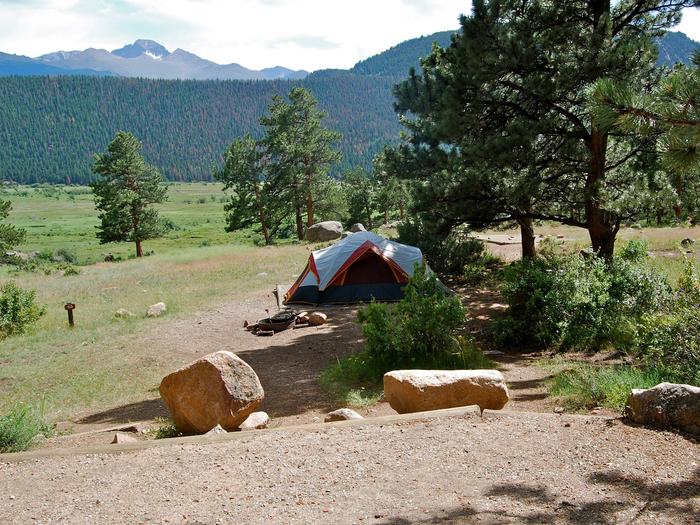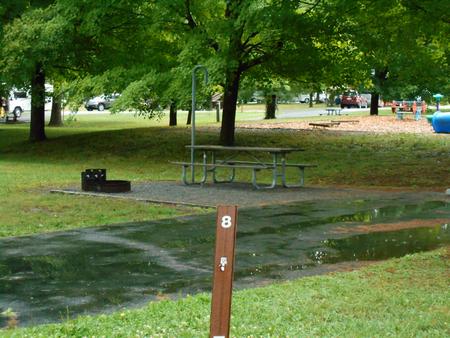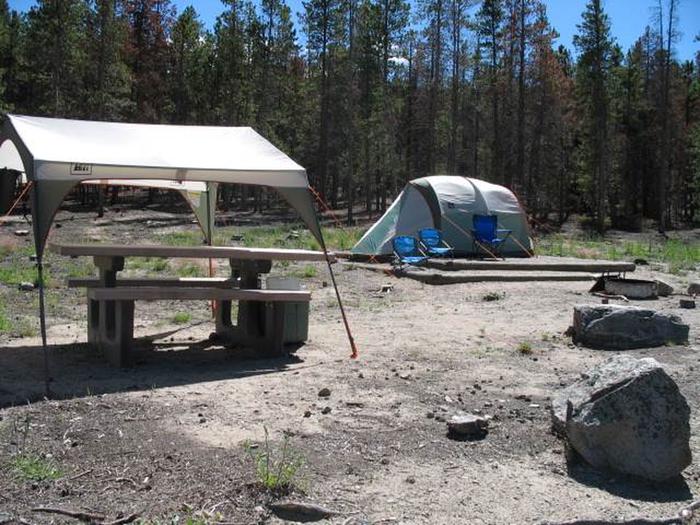Directions
Hart Mountain National Antelope Refuge is located 65 miles northeast of Lakeview, Oregon, off of Highway 140. Most refuge roads are not maintained for passenger vehicles. High clearance and four-wheel drive are needed to travel off the Frenchglen, Blue Sky, or Hotsprings roads. Small amounts of precipitation can make very muddy roads. During the winter and spring, most roads are impassable due to snow or wet conditions. Please avoid driving on muddy roads for your own safety and the protection of fragile resources. Emergency services and roadside assistance are not readily available. The refuge staff is not able to provide or sell gas, towing, or auto repair service.
Phone
541-947-2731
Activities
AUTO TOURING, CAMPING, INTERPRETIVE PROGRAMS, FISHING, HIKING, HUNTING, WILDLIFE VIEWING, ENVIRONMENTAL EDUCATION, PHOTOGRAPHY
Camping Reservations
Reserve your campsite at these camping areas:
Hiking Trails
Looking for nice hiking areas to take a hike? Choose from these scenic hiking trails:
Related Link(s)
Hart Mountain National Wildlife Refuge
Hart Mountain National Antelope Refuge derives its name from the massive fault block ridge that ascends abruptly nearly three quarters of a mile above the Warner Valley floor in a series of rugged cliffs, steep slopes, and knife-like ridges. The east side of the mountain is less precipitous, descending in a series of rolling hills and low ridges to the sagebrush-grasslands typical of southeastern Oregon and the Great Basin. The rugged diversity of the terrain creates a rich mix of habitat types, home to more than 300 species of wildlife. Featured species include pronghorn antelope, California bighorn sheep, mule deer, sage grouse, and redband trout. The 269,000-acre refuge is one of the most expansive wildlife habitats in the arid West free of domestic livestock. Since its creation in 1936 as a range for remnant herds of pronghorn antelope, management of the refuge has broadened to include conservation of all wildlife species characteristic of this high desert habitat and restoration of native ecosystems for the public’s enjoyment, education, and appreciation.






